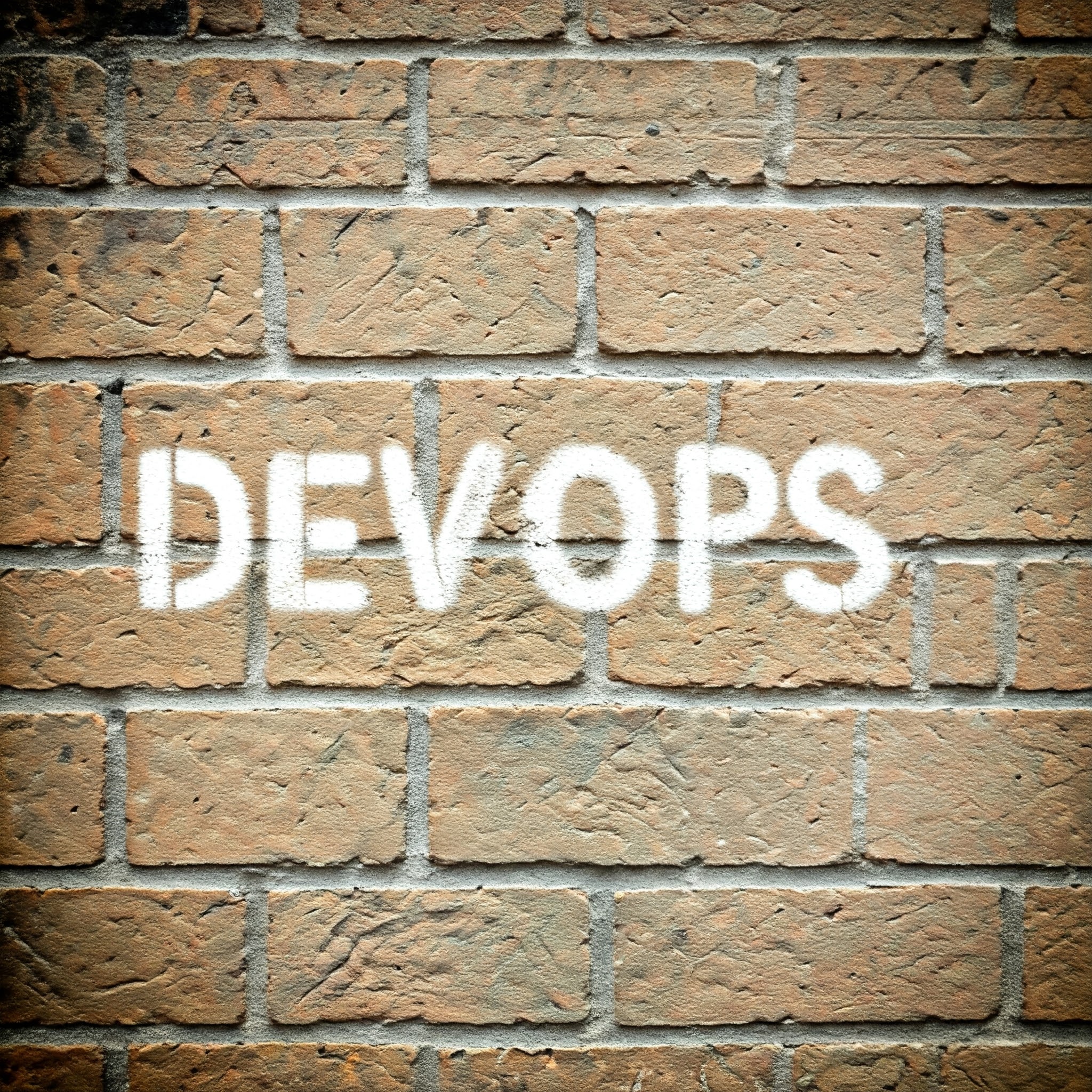What is DevOps? A Comprehensive Guide to Modern Software Development

Categories:
4 minute read
In today’s fast-paced digital world, businesses need to deliver software applications and updates more quickly and efficiently than ever before. This is where DevOps comes in – a revolutionary approach that has transformed how organizations develop, deploy, and maintain software. But what exactly is DevOps, and why has it become so crucial in modern software development? Let’s dive deep into this transformative methodology.
Understanding DevOps: More Than Just a Buzzword
DevOps is not just another technical term or passing trend. It represents a fundamental shift in how organizations approach software development and IT operations. At its core, DevOps is a set of practices, cultural philosophies, and tools that combine software development (Dev) with IT operations (Ops). The goal? To shorten the development lifecycle while delivering features, fixes, and updates more frequently and reliably.
The Core Principles of DevOps
- Collaboration and Communication
The traditional wall between development and operations teams – often referred to as a “silo” mentality – is broken down in DevOps. Instead of working in isolation, these teams collaborate closely throughout the entire software lifecycle. This collaboration extends beyond just Dev and Ops to include all stakeholders in the software delivery process.
- Automation
Automation is a cornerstone of DevOps practices. By automating repetitive tasks, teams can:
Reduce human error
Speed up processes
Ensure consistency
Free up time for innovation and improvement
Scale operations more effectively
- Continuous Integration and Continuous Delivery (CI/CD)
CI/CD is perhaps the most visible manifestation of DevOps practices. It involves:
Continuously merging code changes into a central repository
Automatically testing these changes
Preparing code for deployment
Deploying to production environments in a automated, reliable way
- Monitoring and Feedback
DevOps emphasizes the importance of continuous monitoring and feedback. Teams collect metrics and logs to:
Identify issues before they affect users
Understand system performance
Make data-driven decisions
Improve processes and applications continuously
The DevOps Lifecycle
The DevOps lifecycle is often represented as an infinite loop, reflecting its continuous nature. Let’s break down each phase:
Planning
Teams collaborate to plan features and changes, using agile methodologies to break work into manageable chunks.
Development
Developers write code in small, manageable increments, following agreed-upon practices and standards.
Building and Testing
Code is compiled, built, and subjected to automated testing to catch issues early.
Deployment
Verified code changes are automatically deployed to production environments using sophisticated deployment strategies.
Operation
The application runs in production while being monitored for performance and issues.
Monitoring
Teams collect and analyze data about application performance and user behavior.
Feedback and Optimization
Insights from monitoring inform future development and improvements, completing the cycle.
Benefits of Implementing DevOps
- Faster Time to Market
By automating processes and improving collaboration, organizations can deliver new features and fixes more quickly.
- Improved Quality
Automated testing and continuous monitoring help catch and prevent issues before they reach users.
- Better Reliability
Consistent processes and automated deployments lead to more stable applications and fewer production incidents.
- Enhanced Security
Security is built into the development process from the start, rather than being an afterthought.
- Increased Innovation
Teams spend less time on routine tasks and more time on creative problem-solving and innovation.
Common Tools in the DevOps Toolkit
While DevOps is primarily about culture and practices, certain tools are commonly used to implement these practices:
Version Control
Git
GitHub
Bitbucket CI/CD Tools
Jenkins
GitLab CI
CircleCI
GitHub Actions Configuration Management
Ansible
Puppet
Chef Container Platforms
Docker
Kubernetes Monitoring and Logging
Prometheus
Grafana
ELK Stack
New Relic
Challenges in Adopting DevOps
While the benefits of DevOps are clear, implementation can be challenging:
Cultural Resistance
Changing established workflows and mindsets can be difficult, especially in larger organizations.
Technical Complexity
The tooling ecosystem is vast and constantly evolving, making it challenging to choose and maintain the right tools.
Security Concerns
Balancing speed with security requirements requires careful planning and implementation.
Skill Gaps
Teams need to develop new skills and adapt to new ways of working.
Getting Started with DevOps
For organizations looking to adopt DevOps, here are some key steps:
Start Small Begin with a pilot project and gradually expand successful practices.
Focus on Culture Invest in building a collaborative culture before implementing tools.
Automate Gradually Identify and automate the most impactful processes first.
Measure and Iterate Define metrics for success and continuously improve based on data.
Conclusion
DevOps represents a fundamental shift in how organizations approach software development and delivery. While it requires significant investment in terms of time, resources, and cultural change, the benefits – faster delivery, better quality, and improved collaboration – make it worth the effort.
As technology continues to evolve, DevOps practices will likely become even more crucial for organizations looking to remain competitive in the digital age. The key to success lies not just in adopting the right tools, but in embracing the cultural and organizational changes that DevOps represents.
Whether you’re just starting your DevOps journey or looking to optimize your existing practices, remember that DevOps is not a destination but a continuous journey of improvement and adaptation.
Feedback
Was this page helpful?
Glad to hear it! Please tell us how we can improve.
Sorry to hear that. Please tell us how we can improve.